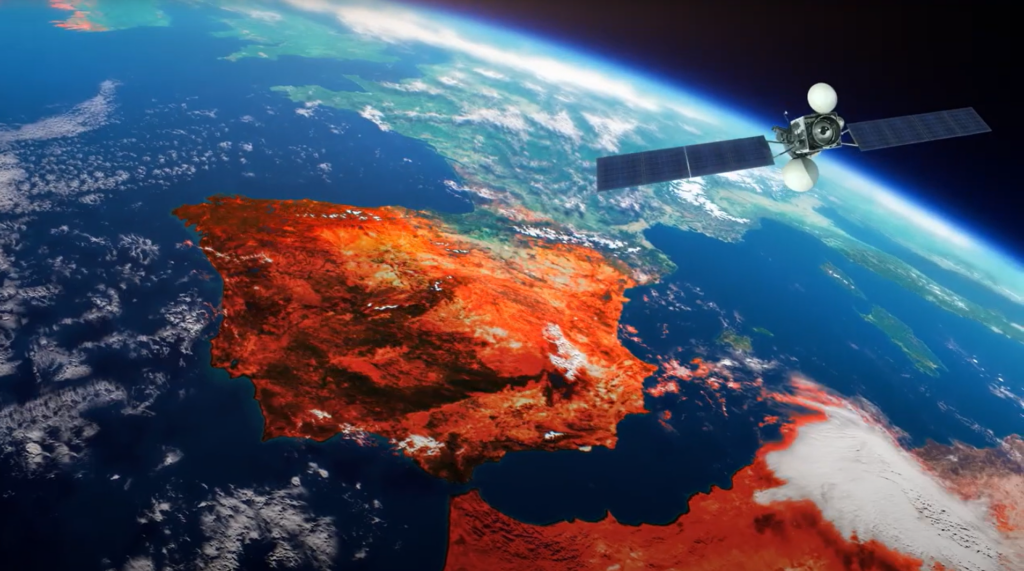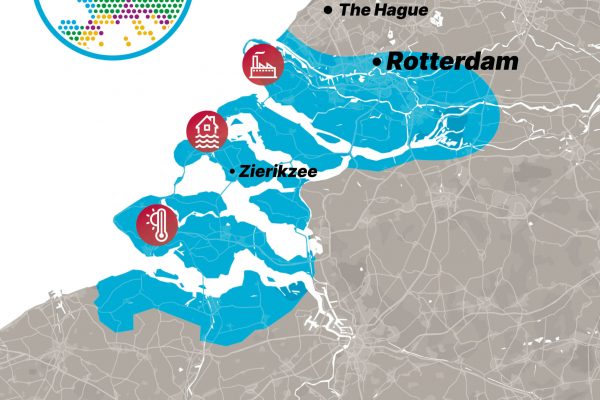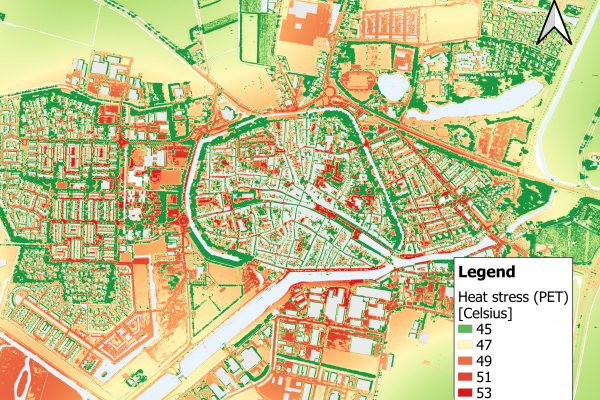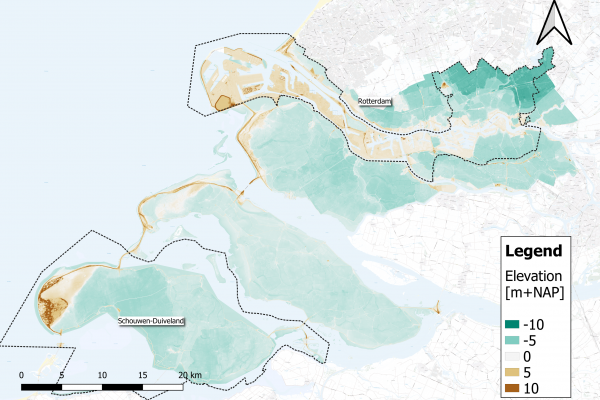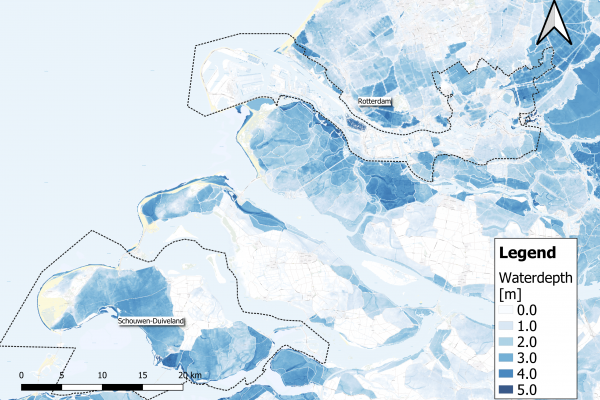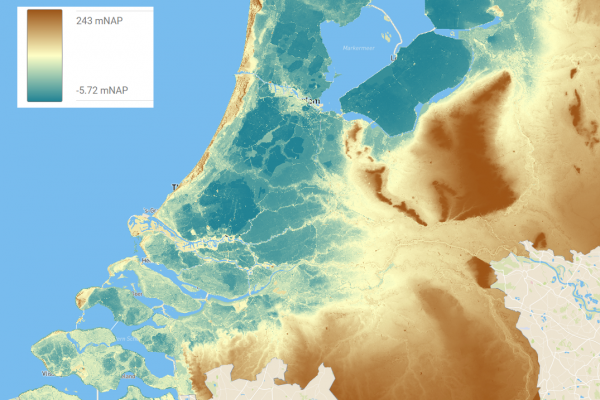During last year’s Living Planet Symposium – an event organized by the European Space Agency devoted to the Earth Observation and remote sensing (the use of satellite technologies to gather imaging data about the Earth’s characteristics – land, sea and atmosphere), we caught up with Andrea Marinoni from UiT The Arctic University of Norway to better understand how IMPETUS is harnessing data from space to gain new insights into climate change management and adaptation, with a focus on the Arctic region.
Using Earth Observation to find climate adaptation pathways
Remote sensing (satellite data) emerges as a linchpin in the IMPETUS project. It has a critical role in wide area coverage, frequent data collection, and providing vital information for environmental monitoring, risk assessment, and decision-making processes related to climate change.
More specifically, an important part of the data that IMPETUS relies upon comes from the Sentinel Constellation, a crucial component of the Copernicus program managed by the European Space Agency. These satellites cover a myriad of characteristics on Earth and offer open and accessible datasets essential for global environmental monitoring.
The data gathered from earth observation supports the development of the IMPETUS adaptation pathways. These pathways are portfolios of measures and decisions designed to address climate change in diverse regions. At the same time IMPETUS also goes to great efforts to integrate data from stakeholders, local communities, and various risk assessment models.
Arctic Significance: A Living Lab for Climate Solutions
The Arctic plays a pivotal role as a living lab for climate change adaptation and mitigation. Changes in the Arctic reverberate globally, making it an invaluable region for studying the far-reaching impacts of climate change.
Aided by our partners at UIT among others, IMPETUS looks to extract information from multiple datasets to enhance our understanding of climate change and improve decision-making processes.
The specific challenges IMEPTUS wants to tackle in the artic region are related to oceanographic variables affecting sea level rise, landslides, avalanches, and debris flow as well as the impact of climate change on fish productivity and harmful algae blooms.
IMPETUS: Bridging science and society
The success of IMPETUS will be measured by the degree to which its tools, processes, and methods are adopted at the administration level across different European regions. The institutionalization of these measures is a key point for long-term success.
Local communities, like those located in the Arctic as well as in the other demo sites, play a pivotal role in IMPETUS – their feedback and engagement are essential for co-creating effective climate change adaptation and mitigation measures.
Thankfully, as reported by Andrea Marinoni, we are witnessing a growing interest in climate change adaptation and mitigation beyond the scientific community which will help bridge the gap between scientific advancements and the practical needs of local populations.
